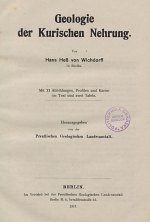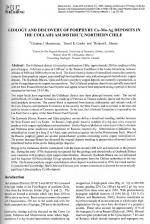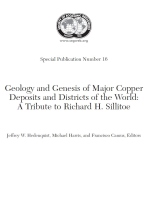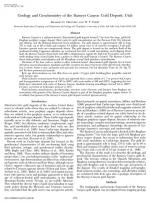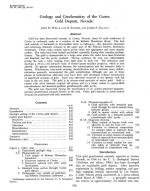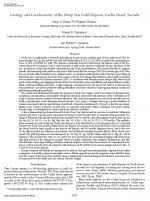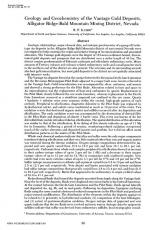Добрый день, Коллеги. Важное сообщение, просьба принять участие. Музей Ферсмана ищет помощь для реставрационных работ в помещении. Подробности по ссылке
- « первая
- ‹ предыдущая
- …
- 115
- 116
- 117
- 118
- 119
- 120
- 121
- 122
- 123
- …
- следующая ›
- последняя »
- « первая
- ‹ предыдущая
- …
- 115
- 116
- 117
- 118
- 119
- 120
- 121
- 122
- 123
- …
- следующая ›
- последняя »


